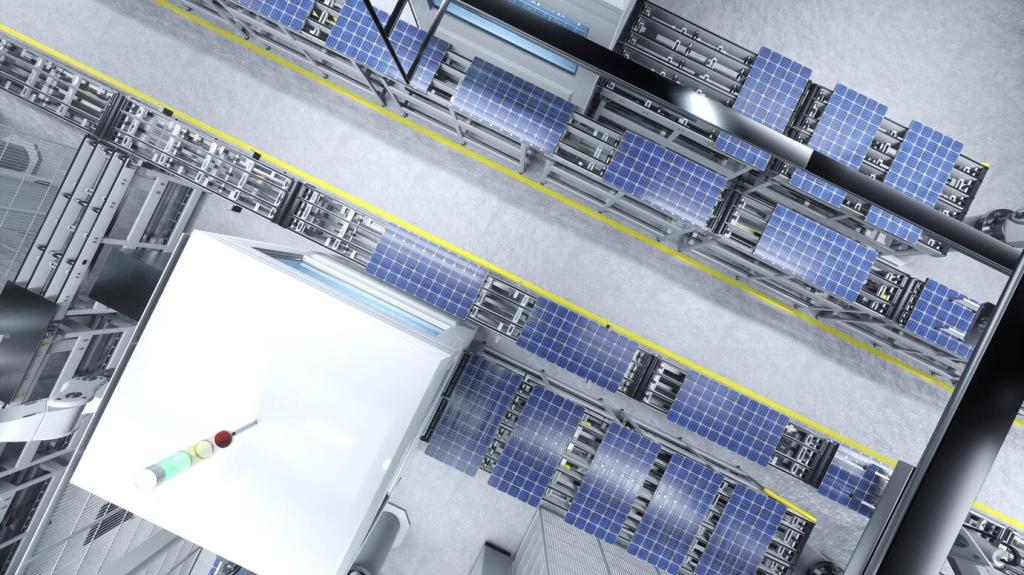Predictive Maintenance and Fleet Health
Instead of reacting to red lights, learn patterns in vibration, temperature, and fuel anomalies to estimate remaining useful life. One fleet spotted early injector issues and avoided roadside failures. What signals do you already collect that a model could transform into days of warning?
Predictive Maintenance and Fleet Health
Blend predicted failures with route calendars, technician capacity, and parts availability to schedule repairs during natural lulls. The result: fewer cancellations, tighter SLAs, calmer drivers. Tell us your maintenance bottleneck—parts, bays, or people—and we’ll suggest a prioritization scheme to test.


